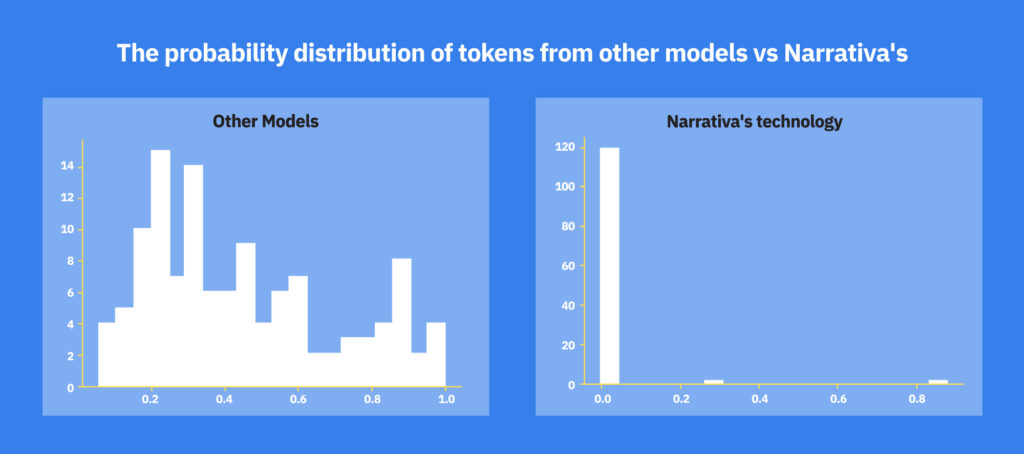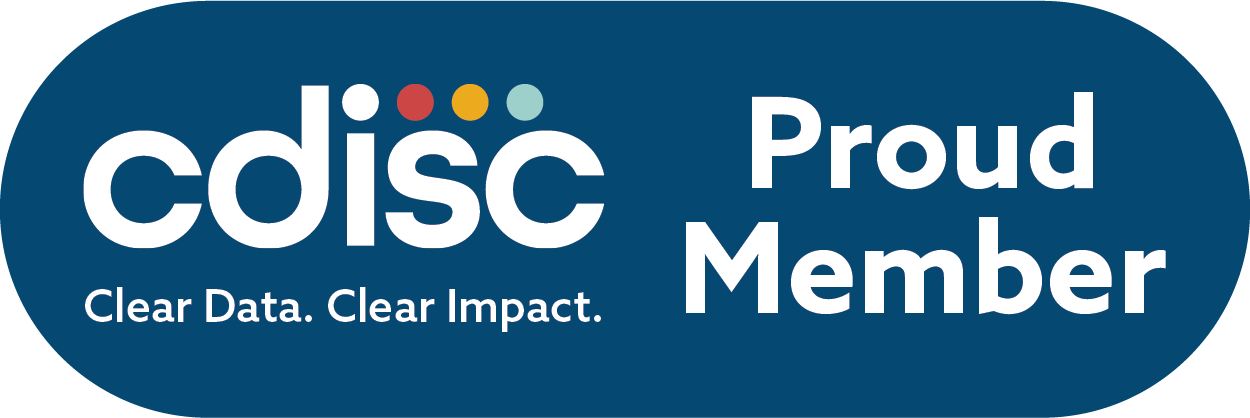Narrativa’s automated content and Google’s search algorithm
Narrativa’s automated content and Google’s search algorithm



Google's Search Algorithm
Google's Search Algorithm
Google's Search Algorithm
By Sofía Sánchez González
We’ve read a lot of news lately about how content generated by generative AI might be penalized by Google’s algorithm. This year, the California company released a guide warning that only “useful content” would benefit from its algorithm. They even went further and claimed that content generated by artificial intelligence violates the Google Webmaster Guidelines.
This leads us to ask ourselves several questions. What is “useful content?” How can Google know that an article has been generated by artificial intelligence? What consequences does it have for the automated content produced by Narrativa® Navigator?
Luckily, we have the answers to these questions.
How does Google identify automated content?
Text generated by language models, such as GPT-4 (a language model developed by OpenAI), are statistically predictable. When writing several articles, a model will always use the most statistically probable words when given a text prompt.
The researchers Bender, Gebru, McMillan-Major and Shmitchell sum it up like this:
Text generated by a language model is not grounded in communicative intent because the training data never included sharing thoughts with a listener, nor does the machine have the ability to do that. A language model is a system for haphazardly stitching together sequences of linguistic forms it has observed in its vast training data, according to probabilistic information about how they combine, but without any reference to meaning: a stochastic parrot.
Human-generated text creates unexpected words because humans are more creative. Creativity is not one of the strengths of regular language models. GPT-like models tend to go off track and generate text that is not consistent with reality.
Google can detect AI-generated content in two ways:
- Repetitive patterns
- Statistical patterns
What has changed?
The question is no longer “Should we ban AI-generated content?” but rather “What should we do with AI-generated content?”
About 10 years ago, there was concern about the rise of mass-generated content by individuals. It wouldn’t have seemed reasonable to anyone that all content generated by individuals would be banned. Instead, Google improved its systems to reward quality content.
The new guidelines state that users aiming for a good position on Google Search should create original, high-quality content targeted at people. This is exactly what we do at Narrativa:
- The proper use of AI or automation does not violate Google’s guidelines.
- Automation has been used in the editorial world for a long time to create useful content.
- The use of AI doesn’t provide any special benefit to the content; it’s simply content.
Why doesn’t this impact Narrativa’s content?
Firstly, because the content generated by our generative AI is not statistically predictable. Our AI system extracts human-written content, clusters and classifies it, and uses a knowledge graph to generate natural-sounding sentences.
The distribution of words in Narrativa’s content is less probabilistic and more human. Our automation editors validate the output, ensuring it reads like it was written by a human.

In short, Narrativa’s automated content is useful content. Our narratives are designed to inform readers based on validated and truthful datasets. We combine the power of AI language models with essential human oversight to guarantee high-quality outputs at scale.
About Narrativa
Narrativa® is the global leader in generative AI content automation. Through the no-code Narrativa® Navigator platform and the collaborative writing assistant, Narrativa® Sidekick, organizations large and small are empowered to accelerate content creation at scale with greater speed, accuracy, and efficiency.
For companies in the life sciences industry, Narrativa® Navigator provides secure and specialized AI-powered automation features. It includes complementary user-friendly tools such as CSR Atlas, Narrative Pathway, TLF Voyager, and Redaction Scout, which operate cohesively to transform clinical data into submission-ready regulatory documents. From database to delivery, pharmaceutical sponsors, biotech firms, and contract research organizations (CROs) rely on Narrativa® to streamline workflows, decrease costs, and reduce time-to-market across the clinical lifecycle and, more broadly, throughout their entire businesses.
The dynamic Narrativa® Navigator platform also supports non-clinical industries such as finance, marketing, and media. It helps teams drive measurable impact by creating high-quality, scalable content on any topic. Available as a self-serve SaaS solution or a fully managed service, built-in AI agents enable the production, refinement, and iteration of large volumes of SEO-optimized news articles, engaging blog posts, insightful thought leadership pieces, in-depth financial reports, dynamic social media posts, compelling white papers, and much more.
Explore www.narrativa.com and follow on LinkedIn, Facebook, Instagram, and X. Accelerate the potential with Narrativa®.



